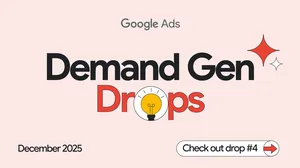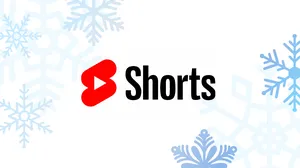YouTube’s approach to copyright
EU member states are in the process of implementing the European Copyright Directive into national law. These changes include the incorporation of Article 15, which introduced a new copyright for press publishers, and Article 17, which introduced new rules for certain content-sharing services like YouTube. Here’s a little more on what YouTube in particular is doing.
Developing our compliance plans
YouTube supports updating copyright rules for the digital age and has been working closely with policymakers across Europe on Article 17’s implementation and on a means of compliance that best meets the needs of our partners’ growing businesses, while also continuing to contribute to the economy. For example, YouTube’s creative ecosystem contributed approximately €775 million to Germany’s GDP in 2019, supporting the equivalent of 25,000 full time equivalent jobs, according to Oxford Economics. As we develop our compliance plans, it’s important to us that the fundamental rights of rightsholders, including media companies, creators, artists and users, are protected. At the same time, supporting the creative industries such as the YouTube creators who are building next generation media companies that impact the economy's overall success, is a priority to us.
Implementing Content ID for better creative control
YouTube has long believed that effective rightsholder management is key to a healthy business and flourishing creativity. This is why we created a set of copyright management tools, for example, investing over 100 million U.S. dollars to develop our Content ID technology which allows rightsholders to manage their content across the platform in a highly nuanced and sophisticated way. YouTube has worked with rightsholders such as record companies, labels, music collecting societies and film and television creators and producers for many years. In fact, Content ID enables rightsholders to control and manage their content on YouTube, while also gaining a new source of income. More than 95% of the time when rightsholders claim content through Content ID, they choose to allow the content to remain on the platform and earn money generated by ads and subscriptions, rather than block the content. This has resulted in an entirely new revenue stream. Over the last three years alone, YouTube paid $30B to media companies, creators and artists, and in the last twelve months, YouTube paid over $4B dollars to the music industry, 30% of which came from user-generated content monetized through Content ID.
Copyright Match Tool
We are also expanding access to more copyright tools for more creators. For example, we recently expanded our Copyright Match Tool so that any rightsholder who successfully submits a copyright removal — whether they host their content on our platform or not — can have access to our matching technology and are able to manage their copyrighted material in a powerful, efficient and user-friendly way. We also allow rightsholders who submit copyright takedown notices to request that YouTube prevent copies of the same content from being uploaded in the future. Additionally, we will be hosting a webform in our help center to enable interested parties to reach out to us for licensing discussions.
We continue to find new ways to help creators and rightsholders manage their rights on YouTube while growing the amounts we pay to the creative industries and will continue to work with policymakers, rights owners, partners and creators across the region to ensure an effective implementation of the new copyright laws.






